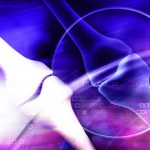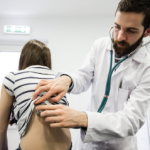Thomas R. Collins is a freelance writer living in South Florida.
References
- Hashem H, Kumar AR, Muller I, et al. Hematopoietic stem cell transplantation rescues the hematological, immunological and vascular phenotype in DADA2. Blood. 2017 Dec 14;130(24):2682–2688.
- Zhu C, Chrifi I, Mustafa D, et al. CECR1-mediated cross talk between macrophages and vascular mural cells promotes neovascularization in malignant glioma. Oncogene. 2017 Sep 21;36(38):5356–5368.


